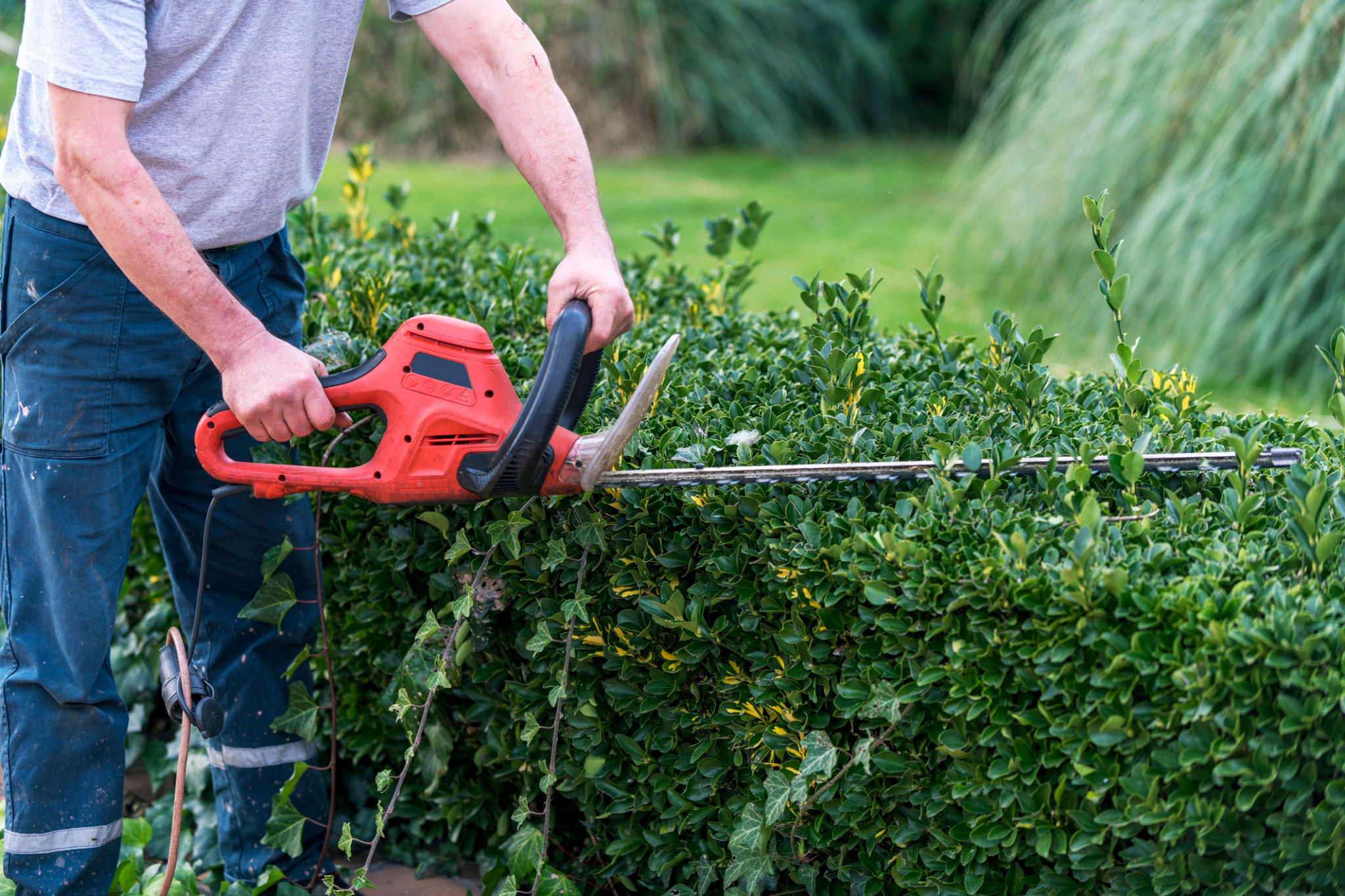DIY Sofa Repair Tips: When to Fix It Yourself and When to Call a Professional
Understanding Your Sofa's Needs
Your sofa is a centerpiece in your living room, providing comfort and style. Over time, it may show signs of wear and tear, prompting the question: should you repair it yourself or call a professional? Understanding the type of damage and your own skill level is crucial in making this decision.
Common Sofa Problems You Can Fix Yourself
For minor issues, DIY sofa repair can be a cost-effective solution. Here are a few common problems that you might be able to tackle on your own:
- Loose Threads: A simple needle and thread can mend loose seams.
- Minor Scratches on Leather: Use leather conditioner or a repair kit for small scuffs.
- Sagging Cushions: Adding foam inserts can rejuvenate your cushions.
These small repairs can often be done with basic tools and materials available at home or from a local store.

When Professional Help is Needed
While DIY solutions can handle minor issues, certain problems require a professional touch. Consider calling an expert for:
- Structural Damage: Broken frames or springs should be repaired by a professional to ensure safety and longevity.
- Extensive Upholstery Damage: Large tears or burns may need expert reupholstering.
- Complex Mechanisms: Recliners or sofas with built-in electronics can be tricky to fix without the right expertise.
In these cases, professional repairs can preserve the integrity and value of your sofa.
Tips for Successful DIY Repairs
If you decide to tackle some repairs on your own, here are a few tips to ensure success:
- Research: Look up tutorials or guides specific to your sofa's material and issue.
- Use the Right Tools: Having the correct tools can make all the difference in the quality of your repair.
- Take Your Time: Rushing through a repair can lead to mistakes and further damage.

The Cost Factor
The decision between DIY and professional repair often comes down to cost. DIY repairs are generally cheaper, but they require time and effort. On the other hand, professional services can be more expensive but save you time and ensure quality results. Weighing these factors will help you make the best decision for your situation.
Maintaining Your Sofa Post-Repair
After repairing your sofa, regular maintenance is key to extending its life. Here are some maintenance tips:
- Vacuum regularly to prevent dust build-up.
- Use fabric or leather protector sprays to shield against future damage.
- Rotate cushions to distribute wear evenly.

By following these maintenance tips, you can keep your sofa in top condition for years to come, regardless of whether you handle repairs yourself or enlist a professional's help.